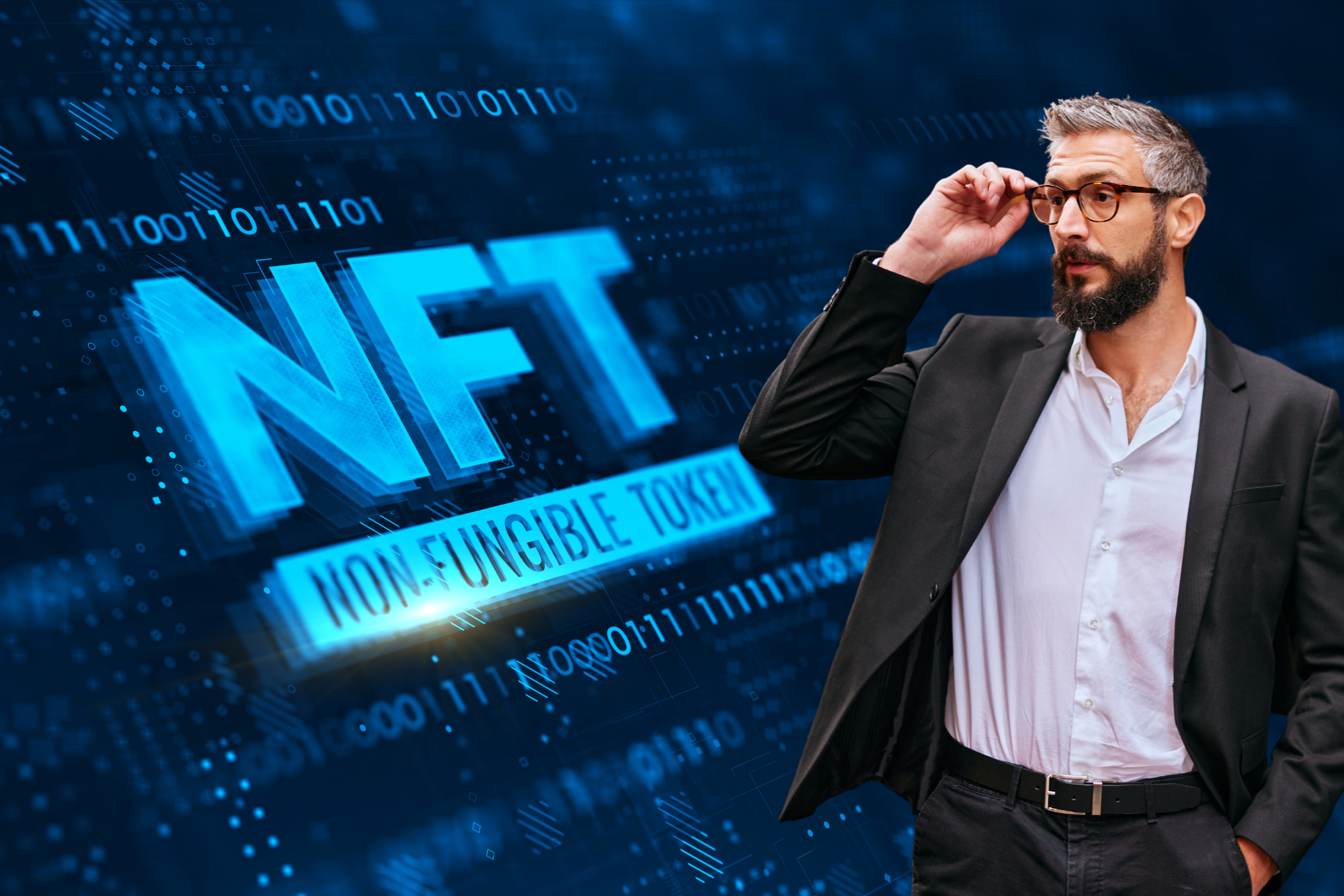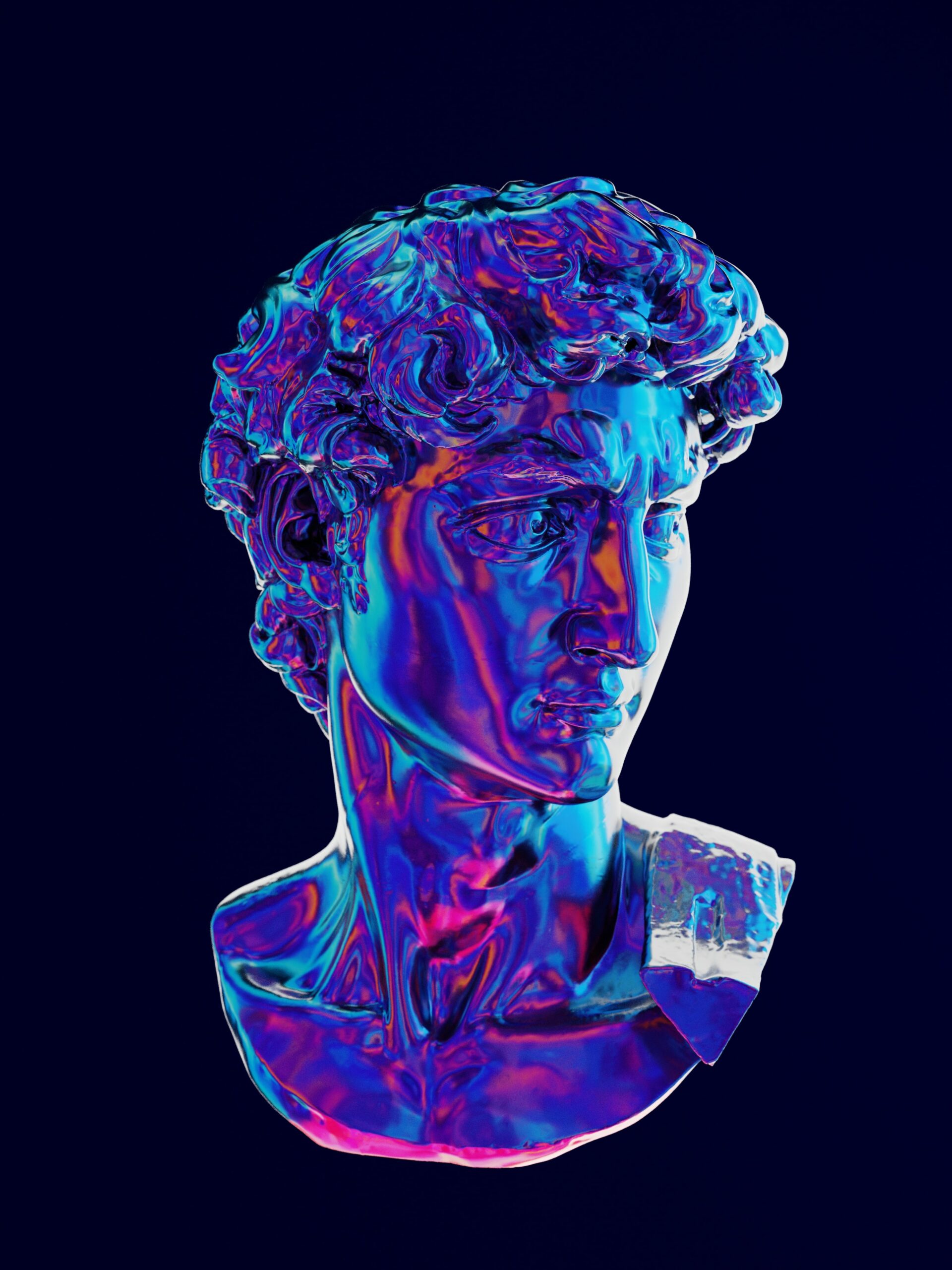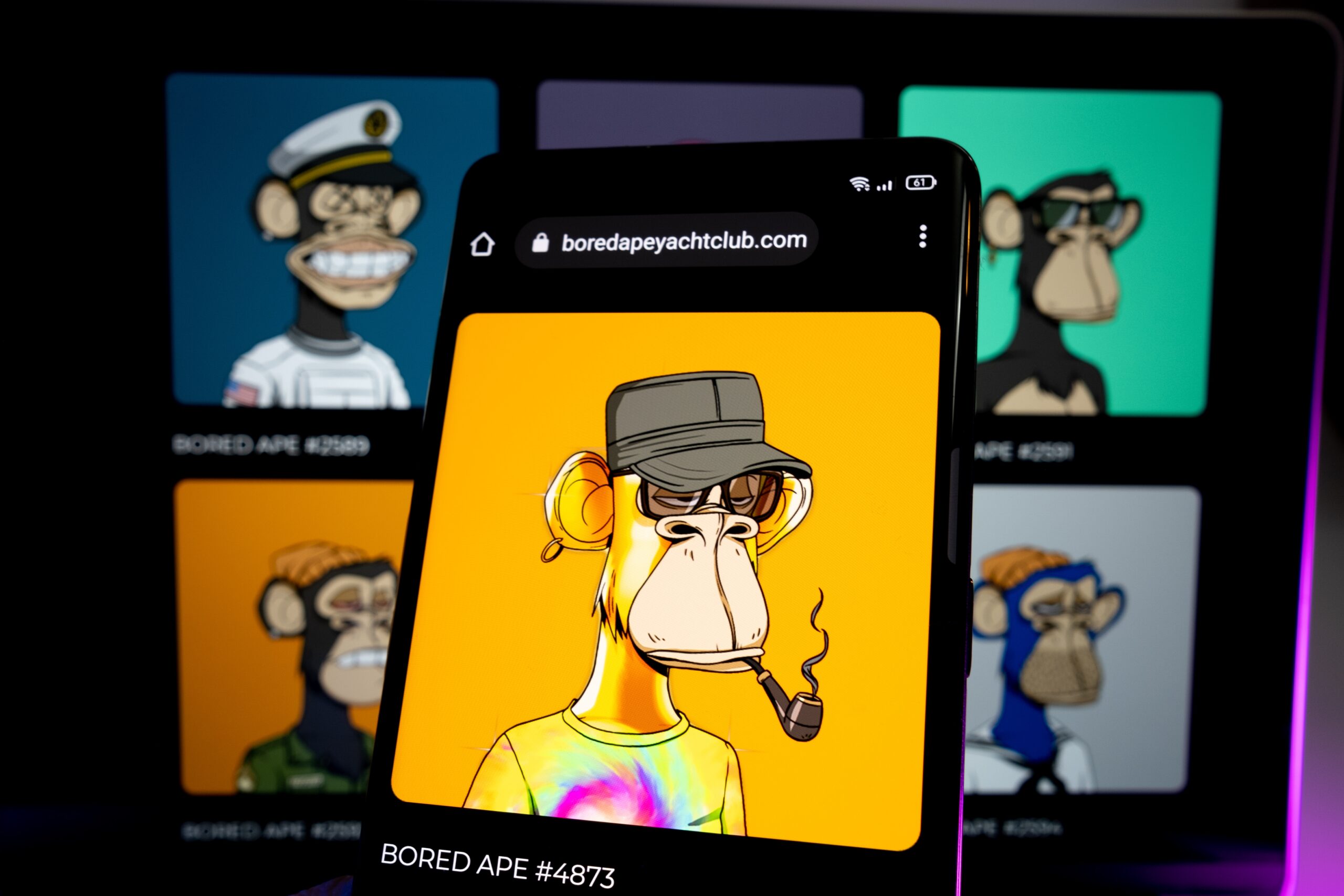
With the rise of Cryptocurrencies there is something that has created an enormous hype, I’m talking about NFTs.
But what are these NFTs? How can they be used? Why are they attracting so much interest? Questions like these pop-up in everybody’s mind and without proper research and digging into the technology that revolve behind each one of these products, few really understand what is the everyday use and the built-in value that they represent.
Let’s try to analyze if they are just overpriced pieces of art or promising technology that can transform the way we think.
Let’s dive in.
Fungibility and Non-Fungibility
A Fungible Asset is something that can be exchanged or traded for something that has the exact identical value of the original asset. For example fiat money (i.e. Dollar, Euro) or Cryptocurrencies (i.e. BTC, ETH, SOL, ADA, MATIC) are considered Fungible, meaning that their value is equal. The 20$ in your pocket will always be worth the 20$ in my pocket, as the 20ETH in your crypto wallet will always be worth 20ETH in somebody else’s wallet.
A Non-Fungible Asset, is a bit different because of its intrinsic properties and characteristics that make the asset unique. I think that with an example these two concepts will be more clearer.
If I lend 100$ to Mario, he will give me back 100$, and this is considered a fair trade.The 100$ he’s returning doesn’t have to be the exact bill that I gave him, this because of its fungibility characteristic. Every dollar is the same as another dollar.
If instead I lend Mario a very rare soccer player card and he is returning me a common one, this cannot be considered an equal trade. The two cards might be the same in terms of dimension, texture, and other shape attributes. But what is printed on the card makes it rare. Long story short, individual characteristics of every item make the item unique.
Properties and Use cases
NFT’s information, or metadatas, like attributes, properties, characteristics and even ownership rights are stored on the blockchain, in this way these information cannot be tampered and are stored safely in perpetuity. When an NFT is created (the right terminology to use should be “minted”) what is happening is the digitalization of an object, whether it can be real (tangible) or not. The record saved in the blockchain contains everything that this NFT represents. Here we have the first property of an NFT, uniqueness.
Rarity of the item is one of the most important features, because its scarcity automatically increases its value compared to other similar items. There is only one Mona Lisa painted by Leonardo da Vinci, but you can find copies of it all over the world.
The combination of the blockchain power and the main attributes possessed by an NFT, gives the possibility to implement this resource for good in everyday life, in a world that is expanding its digitized experience with the goal to reduce human errors, bureaucracy, latency and counterfeiting.
Several application examples can be made. They can prevent frauds in the entertainment industry and are already creating new lucrative opportunities in the gaming environment for creators and for final users (a new concept is here introduced, where players are seen as an integral part of the all structure, and not as mere data to be resold with marketing purposes). Another real life example can be to serve as a certificate of ownership, due to its built-in authentication feature, which guarantees and specifies who is the real and exclusive owner of the object that the NFT reproduces.
Let’s explore in which ways NFT can be and are already used:
Digital Art
Some of the main problems that digital artists experience are being recognized for their work, proving that a certain artwork (of which there are many copies around the web) is theirs, and being able to be rewarded for their efforts and passions, basically everything related to copyright. By using the potential of the blockchain, to serve as a medium where to store proof of ownerships, artists are now able to take credit for their work and get compensated as well.

Gaming
Let’s suppose you are a game player, maybe even a very good one. When you buy a game you know that you can challenge your ability only in two ways: in an offline version, alone with your console, or if you are willing to pay for being part of a community you can challenge others or even team up with them. But there is no real gain for you, for your efforts and for the hours spent in front of the game, only spending.
Imagine now to play in a Game based on the Blockchain, and every-time you play you are compensated for your efforts and for your abilities with tokens that you can spend in the game or with NFTs that give an additional value to your character, due to their singularity, rarity or specialness. This NFT can be traded with other players, can be exchanged and can be even sold for real money, or of course you can keep it to increase even more its value and your capacity in the game itself. The concept introduced here will change the gaming industry completely. That’s why it is not surprising that Microsoft has bought ⅔ of the whole sector with the new acquisitions made in the last months.
Real Estate, Real World and Virtual World Assets
Being able to securely document and track ownership can open up to some powerful opportunities. Real world assets like physical property can be tokenized and their identity minted into an NFT. The same goes for those properties that exist only in Virtual Worlds like the Metaverse. Virtual reality like Decentraland or The SandBox are increasing in numbers by the day. NFTs can be the building blocks for the digital economy of these alternative universes, the things you buy like a plot of land, or the avatar that plays your role, are NFTs.
They are digital unique representations of any kind.
Another real example for Real Estate, can be part-ownership. Let’s say that there is a property development company that builds houses in Austin, Texas, and is in need of money for its business. Usually this company will have to reach financial institutions to fund the project. In our new world, this company can have a completely different approach to raise the capital needed by giving the possibility to retail clients to participate in the investment. The ownership of every investment will be represented by an NFT linked to a certain percentage of the ownership bought.
Identity
Everything about a person is Unique, different attributes can characterize who we are and make us not replicable. The way we look, the schools and universities we attended, the type of education and even our medical history, these are all data that identifies us unambiguously. Through an NFT we could digitalize every single information about us and in this way we could gain a better control of our data.
Best Projects and Big Brands NFT
To understand if a project is worth investing in (in terms of being part of a group) or if in doubt about buying their products (for the store of value that is behind the digital assets they sell) there are basically two ways for measuring its success.
First is their community, so the amount of users that belong to this group and second is the dollar value of the assets that can be bought and sold on its platform.
An example can be the BAYC (Bored Ape Yacht Club) project. A 3 billion dollar collection, a concept driven by a community-focused engagement with the purpose of building a sustainable ecosystem for its users. At the time of writing the BAYC floor price (lower price for an NFT) has been 103.69 ETH (equivalent approximately to 355K$). (BAYC)
All the concepts around BAYC orbits around the narrative that these rich ape-themed character individuals will create in a distant future an exclusive club where they can hang, and the main traits of this place are being futuristic, crypto related and community-driven.

But this is just the story concept behind, what BAYC offers to those who buy their NFT is to preserve the particularity of the community. Let’s see some features and services for those who hold a Bored Ape NFT:
- They are allowed and even pushed by the whole ecosystem to use their assets in any possible way that can create new means for monetizing their NFT.
- Exclusive merchandise and new products are given first to BAYC members and then proposed to the public.
- NFT holders are involved in the decision-making process of how the community will behave, expand, and grow. It is a real democratic environment where it is the community that is taking decisions.
An ERC-20 (Ethereum Based) token ApeCoin (APE) was launched a few weeks ago, a governance token that has the mission of democratizing the BAYC world, allowing in this way its members to access additional services inside and outside the community.
The next step for the BAYC creators, Yuga Labs, is to launch a metaverse called “Otherside” where all the NFTs created by the company can exist in the same environment, connecting in this way the community even more. Rumors are that the project will go live in the second quarter of 2022.
Some of the biggest brands in the world understand the mainstream adoption for NFTs, and are already releasing their NFTs with the hope of keeping or gaining more consumers, and to show their openness to what is new. Some of the names are: Nike, Adidas, Louis Vuitton, Ferrari, Formula 1, NFL & NBA, Samsung.
Pro and Cons
NFTs can for sure bring new revenue to the all gaming, arts, sport and technology industry. Attitude towards ownership can change leading us to a new digital and unique way of identifying people and things.
Lots of innovations are necessary, for example the lack of a middleman means that there can’t be no help if any mistake will happen during the transaction, and here a big attention needs to be put out on scammers. Let’s not forget that dealing with NFT is expensive from different points of view. Minting an NFT into the blockchain involves paying fees known as “gas fees”. Gas is unstable by nature and its price can fluctuate according to different reasons (i.e. network is overused or congested).
There are thousands of companies and new startups that are approaching and developing their business with all the key features described above. With the purpose of making the environment more smooth, user friendly and more accessible, and with the willingness to overcome the problems already described.

What is happening is time reminiscent of the dot-com boom where market madness was surrounding the new technology of that time, but when the dust settled, the Internet became the backbone of our society.
Could the same happen with NFTs and Crypto?
The future is bright, ladies and gentlemen, and it’s just around the bend.

